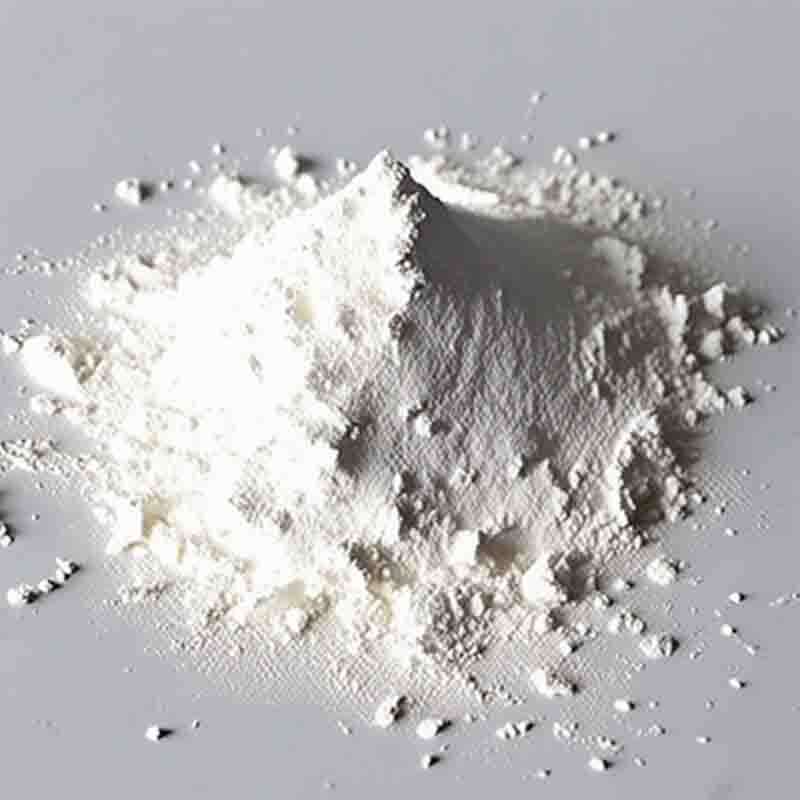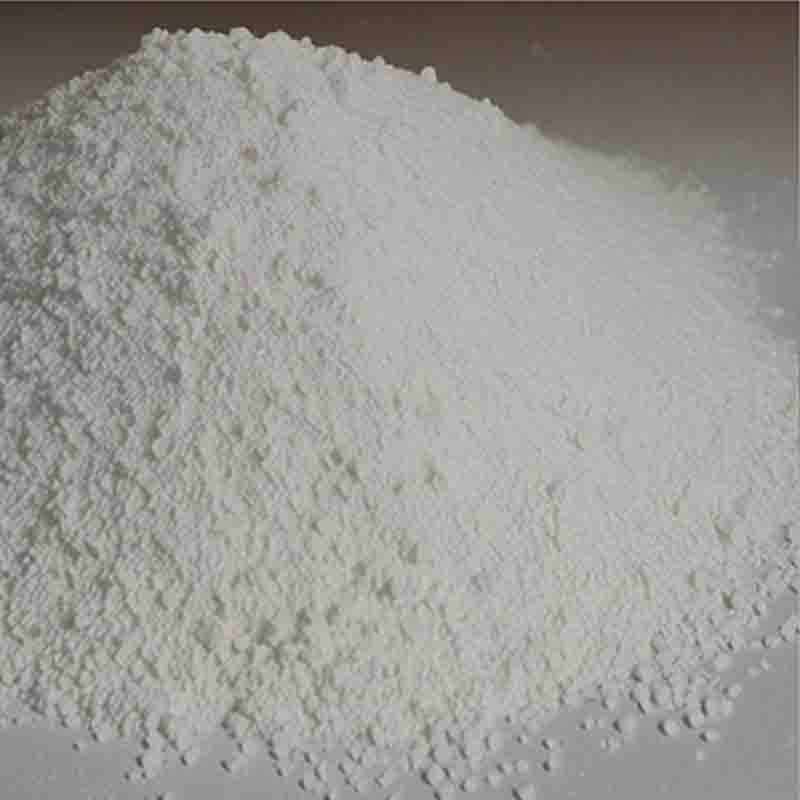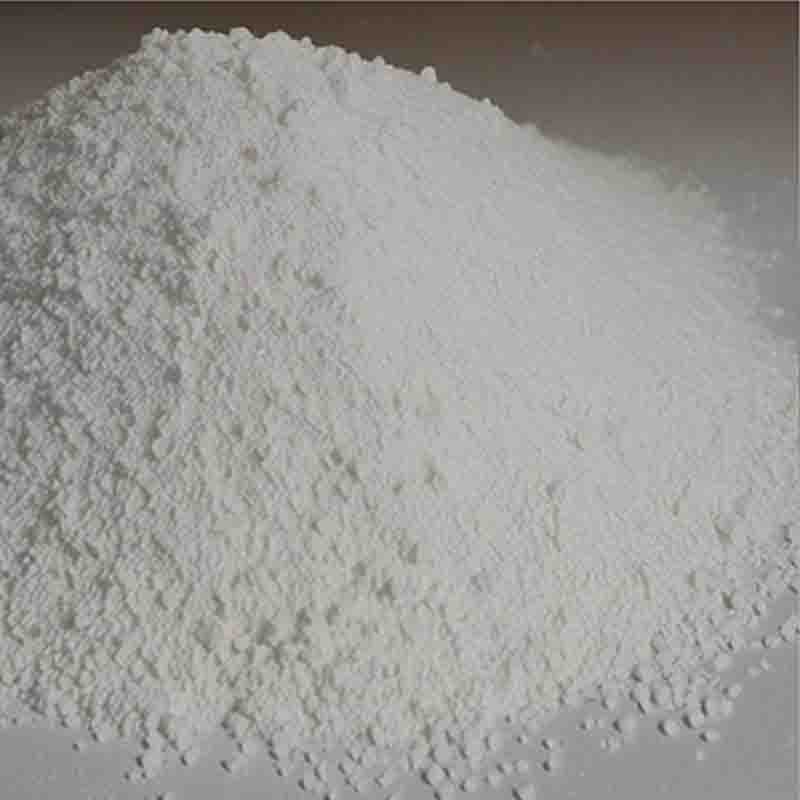Bis[(pentamethylcyclopentadienyl)dichloro-rhodium] CAS: 12354-85-7
| Catalog Number | XD94445 |
| Product Name | Bis[(pentamethylcyclopentadienyl)dichloro-rhodium] |
| CAS | 12354-85-7 |
| Molecular Formula | C20H30Cl4Rh210* |
| Molecular Weight | 618.08 |
| Storage Details | Ambient |
Product Specification
| Appearance | White powder |
| Assay | 99% min |
Bis[(pentamethylcyclopentadienyl)dichloro-rhodium], commonly referred to as CpRhCl2, is a compound that contains a rhodium(III) ion coordinated with two chloride ligands and two pentamethylcyclopentadienyl (Cp) ligands. This organometallic complex has significant applications in catalysis, particularly in the field of organic synthesis and polymerization reactions.One of the primary uses of CpRhCl2 is in the catalytic hydrosilylation reactions. Hydrosilylation involves the addition of a silicon-hydrogen bond across a carbon-carbon double bond. CpRhCl2 acts as a catalyst, facilitating this reaction and resulting in the formation of carbon-silicon bonds. This process is vital in the production of silicones, which are widely utilized in various industries, including cosmetics, lubricants, and medical devices.Another important application of CpRhCl2 is in the polymerization of olefins. It serves as a catalyst in the formation of polyolefins, such as polyethylene and polypropylene, through the process of olefin polymerization. CpRhCl2-based catalysts can control the molecular weight and the microstructure of the resulting polymer, leading to polyolefins with tailored properties, including density, crystallinity, and mechanical strength. This makes Cp*RhCl2 a valuable tool in the production of high-performance plastics and elastomers.CpRhCl2 is also utilized in asymmetric hydrogenation reactions. Asymmetric hydrogenation is a catalytic process used to produce chiral compounds, which are crucial in the synthesis of pharmaceuticals and agrochemicals. CpRhCl2-based catalysts, combined with chiral ligands, can achieve high selectivity and conversion in the hydrogenation of prochiral substrates, leading to the production of enantiomerically pure products. This has significant implications in the pharmaceutical industry, where chirally pure compounds are essential for drug development.Furthermore, CpRhCl2 finds applications in carbon-hydrogen activation reactions. These reactions involve the selective functionalization of C-H bonds, which are abundant in organic molecules, but traditionally considered chemically inert. CpRhCl2, in combination with appropriate ligands and oxidants, can activate C-H bonds and enable the synthesis of complex organic molecules, such as pharmaceutical intermediates and natural products. This approach offers an efficient and sustainable alternative to more traditional synthetic methods.In summary, CpRhCl2 is a versatile compound with multiple applications in catalysis, particularly in hydrosilylation, olefin polymerization, asymmetric hydrogenation, and carbon-hydrogen activation reactions. Its use as a catalyst allows for the efficient production of silicones, the synthesis of high-performance plastics, the creation of enantiomerically pure compounds, and the functionalization of C-H bonds. CpRhCl2 continues to play a significant role in organic synthesis and the development of new materials with tailored properties.


![Bis[(pentamethylcyclopentadienyl)dichloro-rhodium] CAS: 12354-85-7 Featured Image](https://cdn.globalso.com/xdbiochems/白色粉末2684.jpg)
![Bis[(pentamethylcyclopentadienyl)dichloro-rhodium] CAS: 12354-85-7](https://cdn.globalso.com/xdbiochems/粉末1476.jpg)





